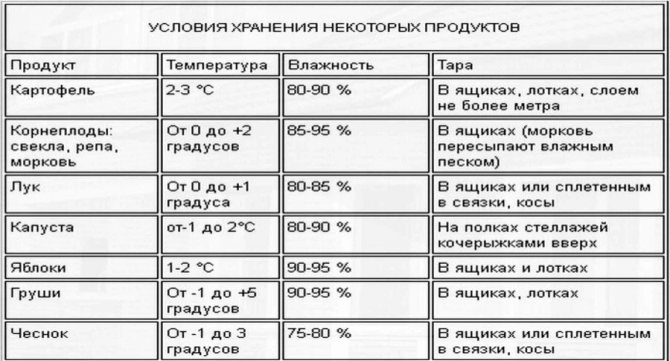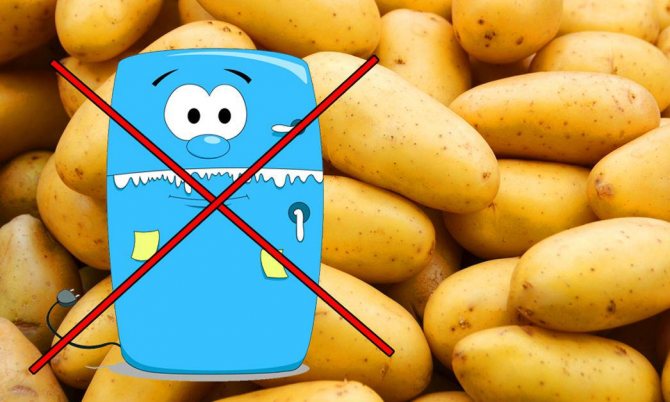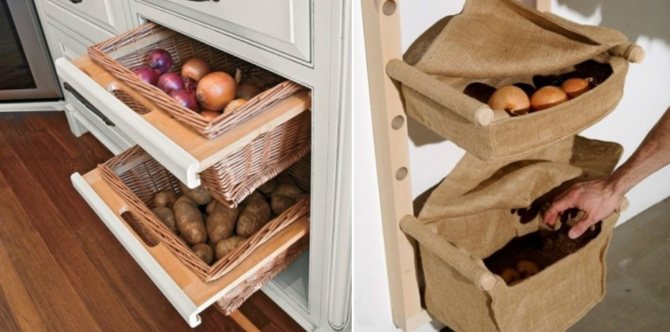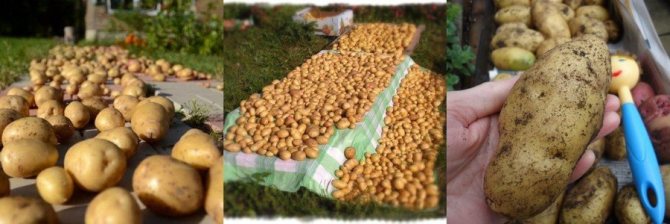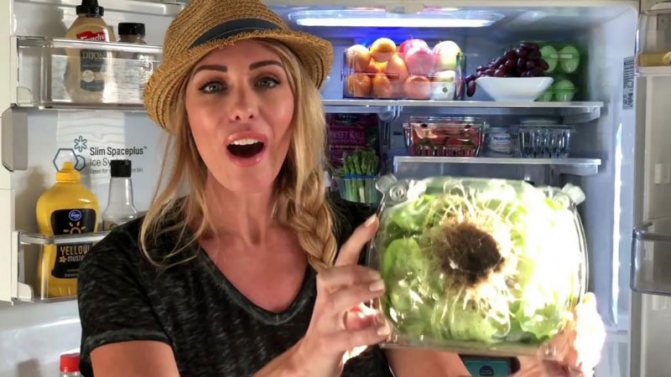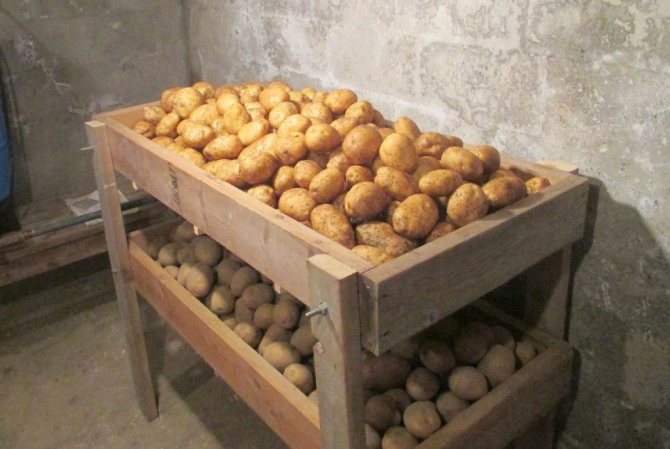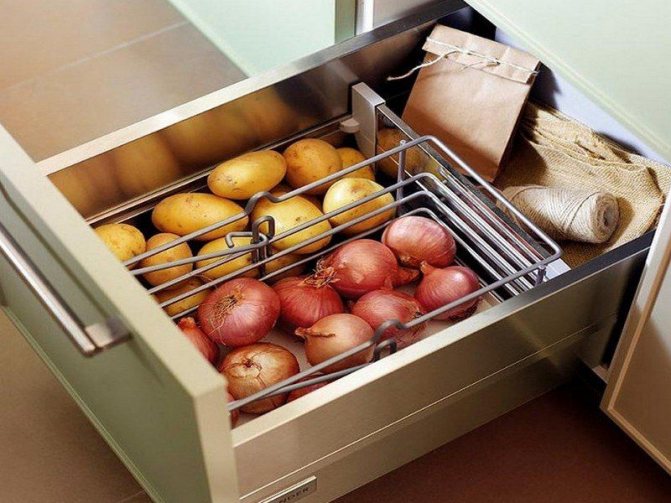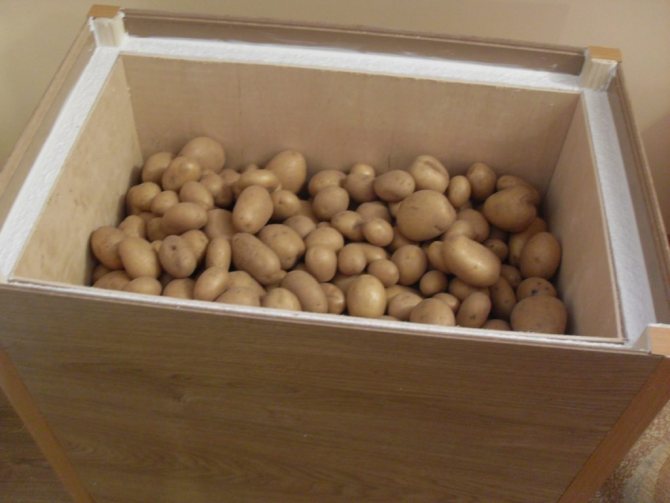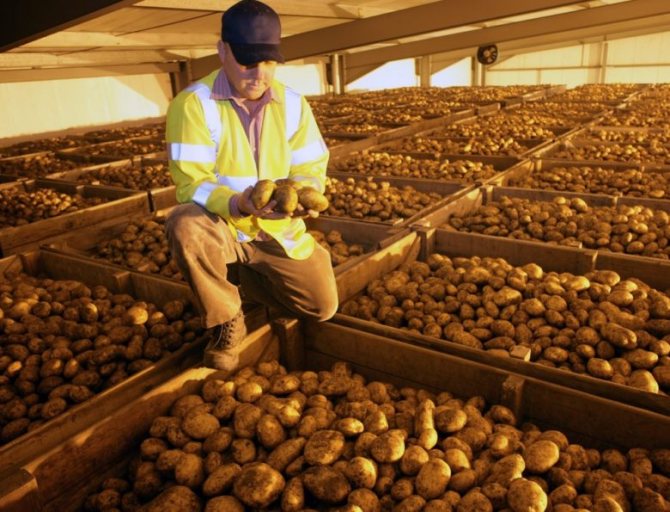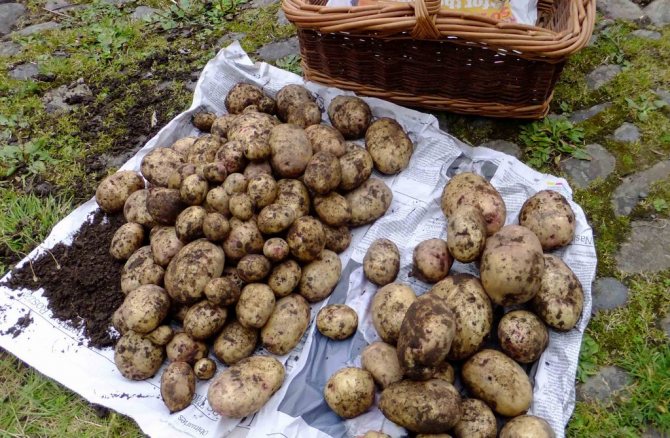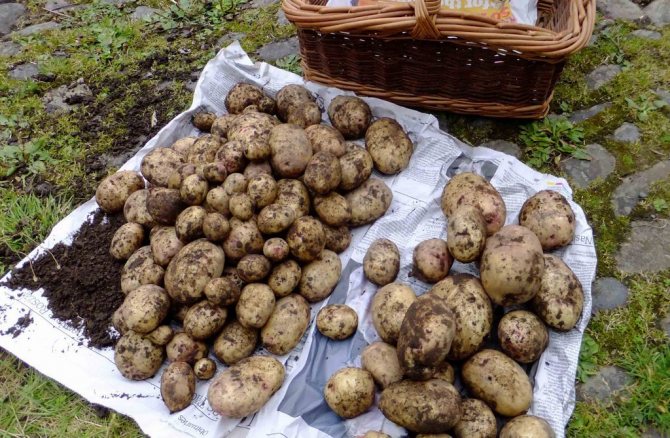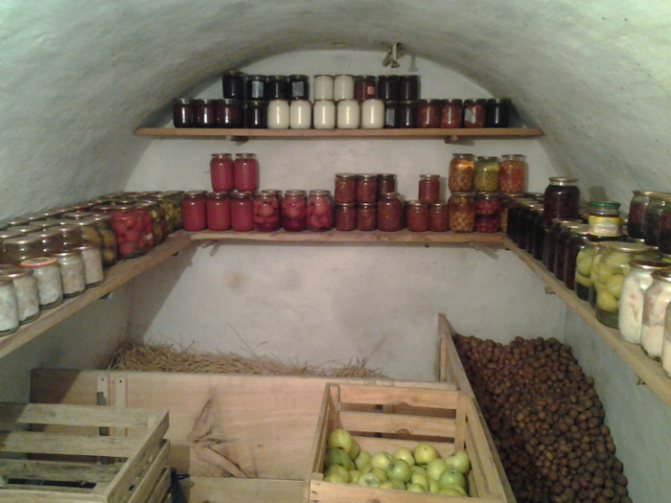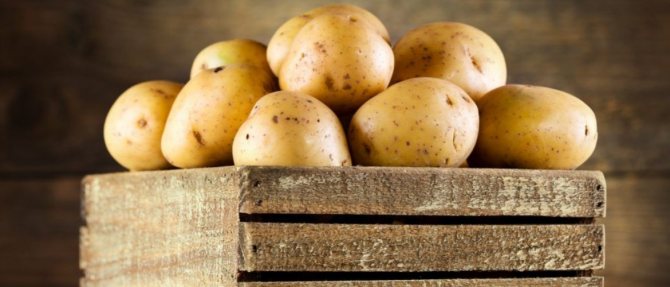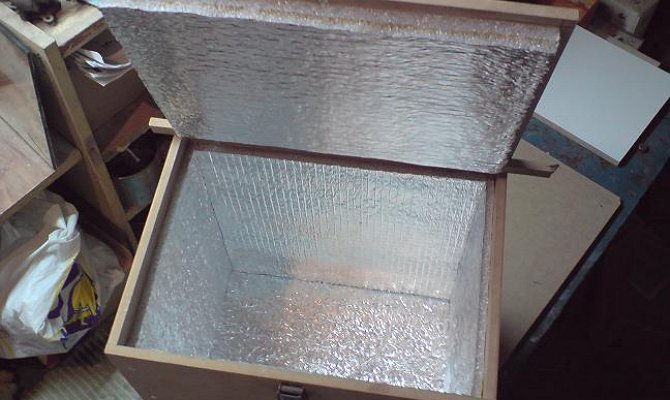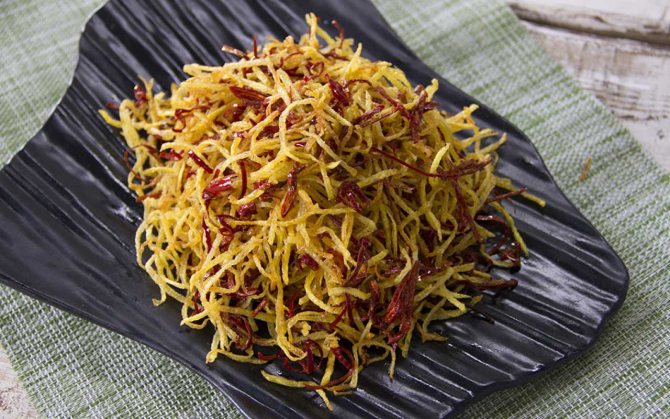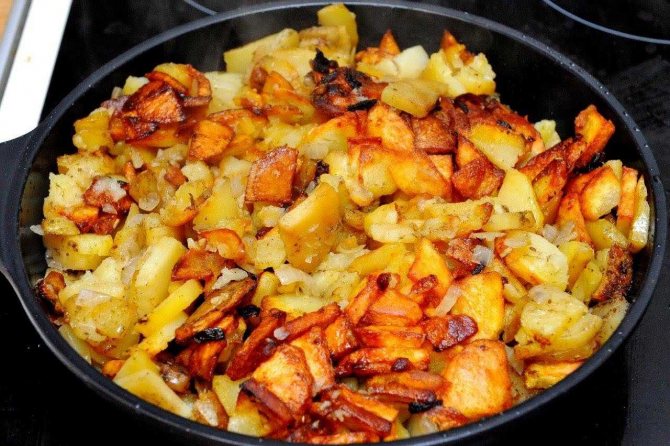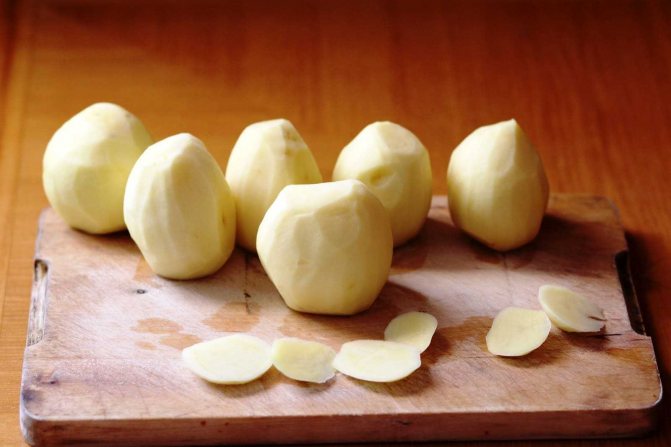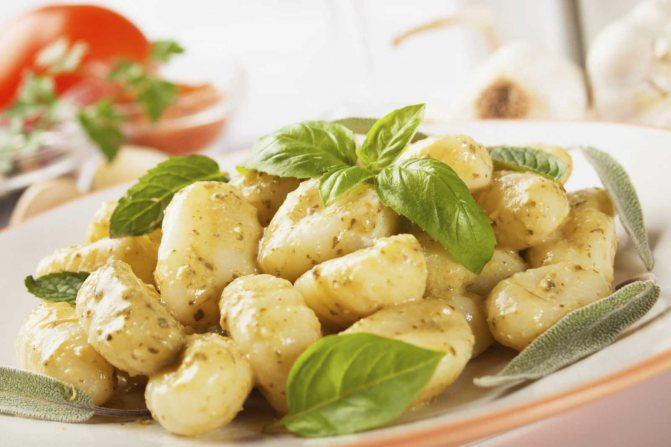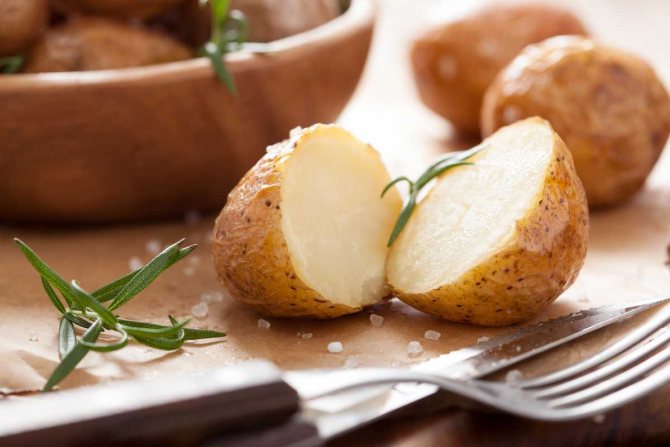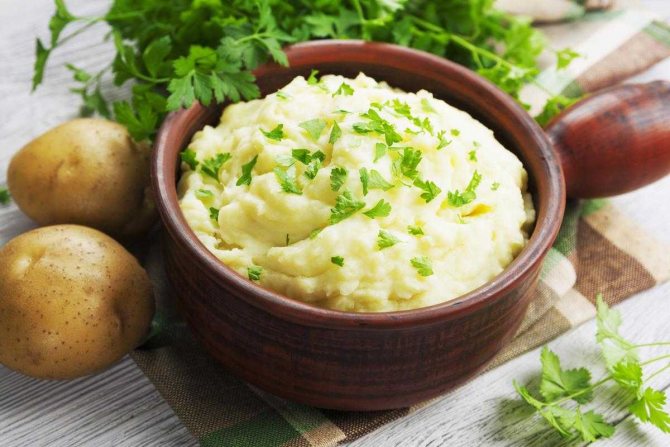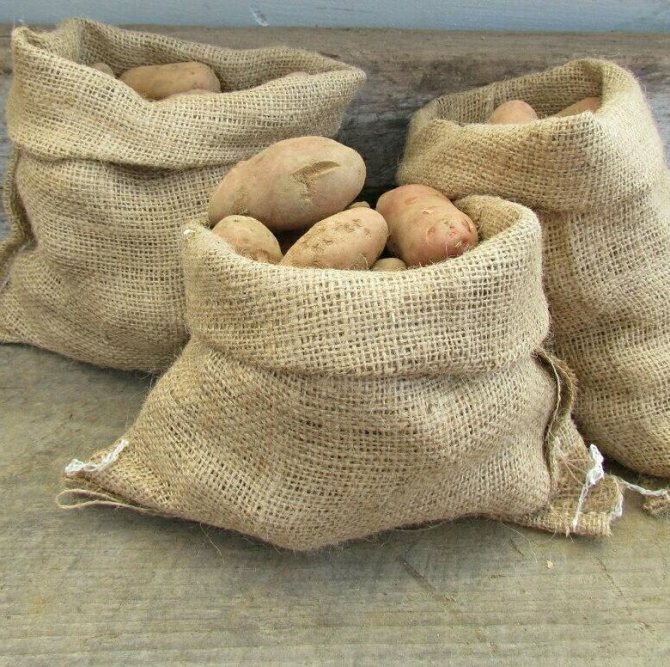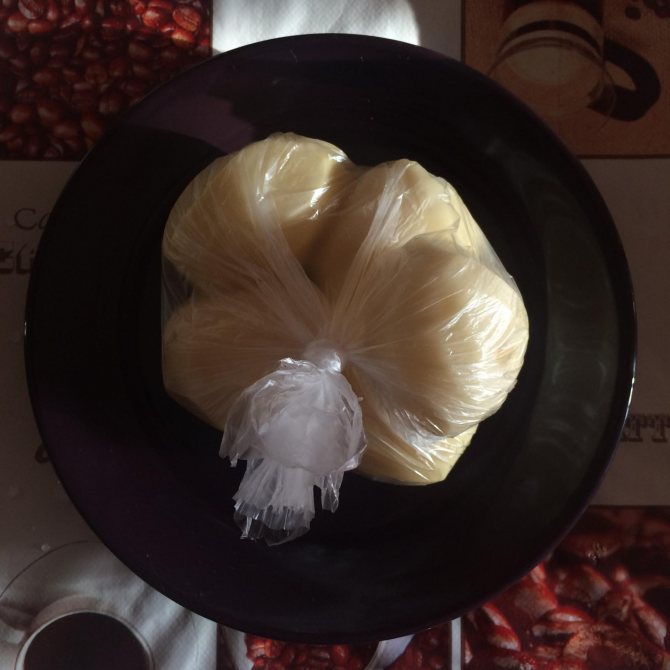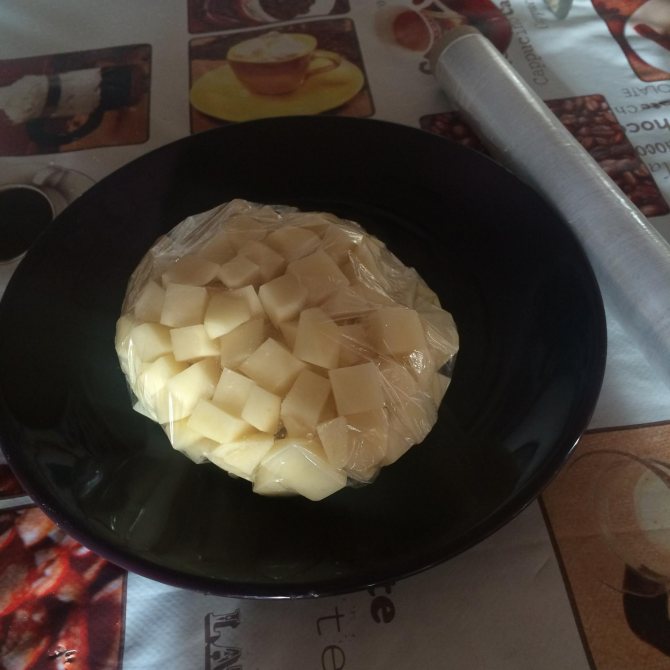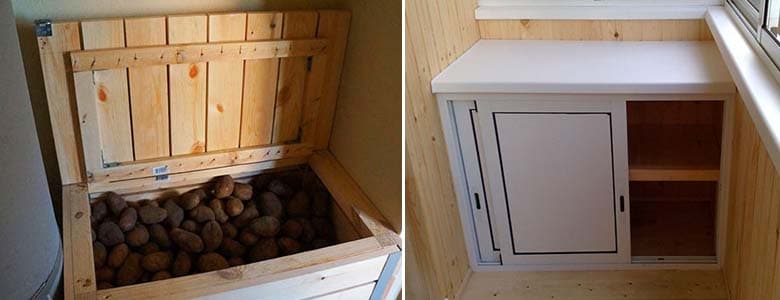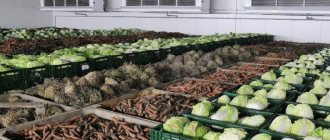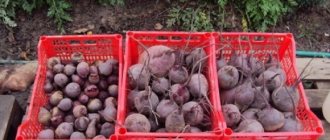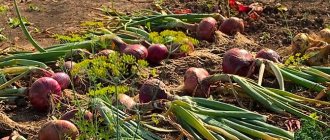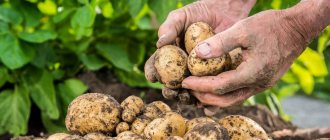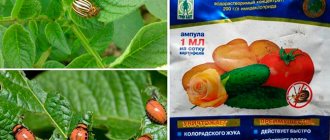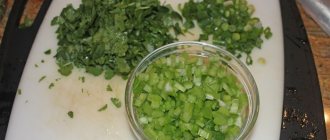Vegetable growing »Potatoes
0
882
Article rating
Experienced gardeners are sure that for the proper storage of vegetables, it is necessary to strictly observe the temperature and humidity in the place of intended storage. It is because of the correct observance of the conditions that many gardeners manage to preserve the harvest for a fairly long period of time, and some people can boast of a perfectly preserved harvest even in late spring. If you have your own plot with vegetable plantings, then every gardener needs to know how to store potatoes in an apartment. Potatoes are a picky vegetable, especially when stored for a long period, therefore, storing your potatoes at home should be carried out in accordance with all requirements, observing the recommended temperature.
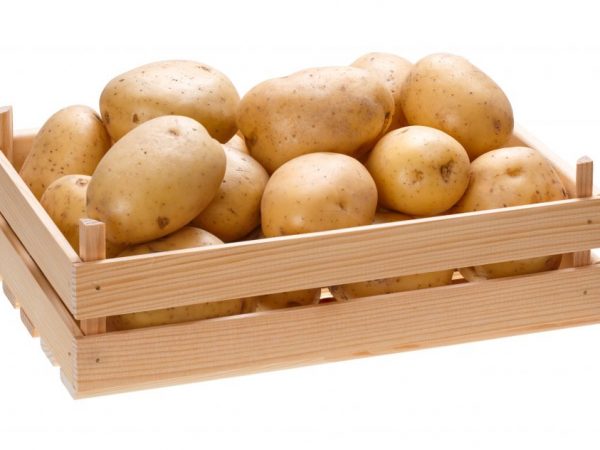
Storing potatoes in the apartment and in the house
Where can you store potatoes in your apartment?
Where and how to store potatoes in an apartment correctly so that they do not germinate and retain their useful properties and presentation for a whole year? Each house and kitchen has its own, special place where potatoes will be well stored. You can store potatoes at home in the basement of a residential building, in a garage, in a country cellar, on a balcony in an apartment or in a corridor vestibule. Potato fruits are most sensitive to low and high temperatures.
At sub-zero temperatures, the tubers instantly freeze, while at elevated, in a short period of time, decay processes begin or sprouts appear, after which the shelf life is significantly reduced. These are not the only negative consequences of improper storage. Drying or greening of the fruit may also be observed. In order to avoid the above problems, it is necessary to create and maintain favorable, comfortable conditions for the preservation of the keeping quality of vegetables in winter.
Optimal storage conditions
In order to preserve potatoes until spring, it is important to create a favorable microclimate for them. The optimum storage temperature is + 2… 4 ℃, and the air humidity is 80-90%. In such conditions, the potatoes do not freeze, do not wither and do not germinate. The tubers remain intact and healthy and also retain their taste. At high temperatures, potatoes begin to germinate, and at high humidity, they rot and become covered with molds.
Sort your potatoes once a month to save as much of your harvest as possible. Remove spoiled and rotten tubers so that negative processes do not spread to a healthy crop.
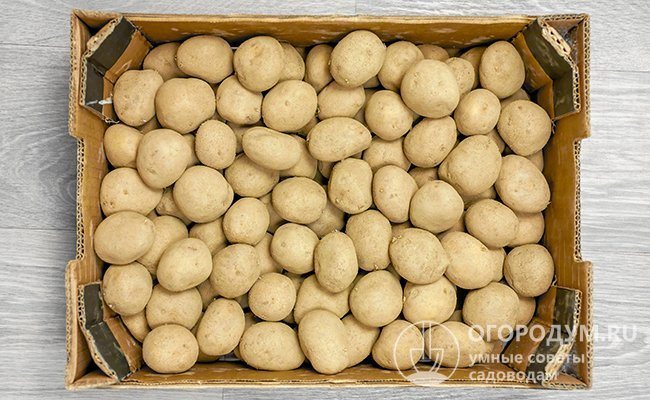

Before storing the potatoes, carefully sort them out, rejecting tubers with the slightest damage or signs of disease. Choose only whole and healthy vegetables if you want your crops to last until spring
Storage in a country cellar
The advantage of the cellar is that you can constantly maintain the recommended temperature in it, within about 3-5 degrees, regardless of whether it is hot summer or cold winter outside the window.
Cellar preparation
- Every year, before lowering vegetables, with two repetitions and an interval of 8-12 days, you need to treat the room with a solution of sodium chloride 150 g, slaked lime 2 kg, copper sulfate 1 kg and water 10 liters.
- Before storing vegetables, you need to install a ventilation system.
- The more often you ventilate the cellar, the better it affects the vegetables.
Before putting the potatoes into the cellar, a bulkhead of the tubers is a prerequisite. It is necessary to remove damaged fruits, as well as tubers with sores. The disease that affects such fruits can also consume healthy tubers and ultimately the entire crop will die. Before storage, the tubers should dry out in a well-ventilated place, preferably outdoors, but most importantly in the shade. By observing the above rules, potato tubers will not rot in the cellar.
Under no circumstances and under no circumstances should potatoes be left in the cellar in bags. Storage can only be carried out in wooden boxes with wide slots for natural air circulation. Pre-treat crates with potassium permanganate (potassium permanganate) to kill small parasites and pathogens, then dry them.
It is important what material is used to cover the floor in the cellar. For this purpose, it is best to use boards or timber, if there is neither one nor the other, then sawdust is perfect. Potatoes are placed in a low layer, up to 1.5 m in the cellar, wrapped in burlap. Keep the fruit out of direct sunlight if you keep the cellar open. When light sources hit the potato tubers, the natural process of photosynthesis starts, thereby producing a harmful poison - solanine. Therefore, sorting out the harvest, you also need to harvest green fruits, because eating them is strictly prohibited.
Storage preparation
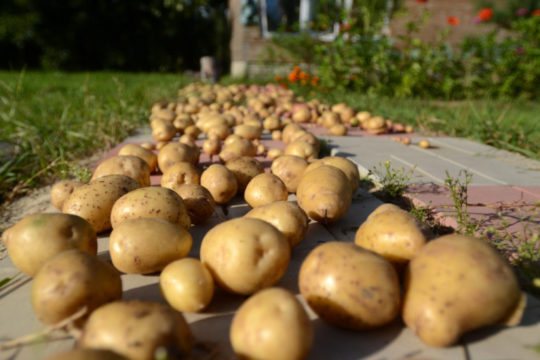

Immediately after digging, the potatoes are laid out for drying. You need to dry vegetables for at least 2 weeks for the skin to become firm. Some gardeners prefer to wash potatoes before storing them. It is extremely dangerous to do this due to the fact that the shelf life of washed fruits becomes noticeably shorter.
When the potatoes are ripe, the dried earth is shaken from it and, depending on the variety, is packaged in bags or boxes.
On a note!
Ash is added to the storage container beforehand - it will prevent the development of diseases.
Storage in the vestibule
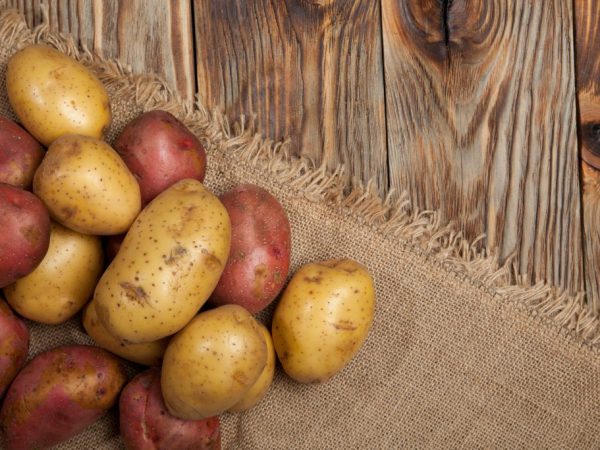

Tambour will provide good keeping quality of vegetables
How to store potatoes in the vestibule of the entrance? People whose childhood was spent in communal apartments remember very well those huge wooden boxes along long corridors, closed with heavy barn locks. This is how many people left the entire harvest for the whole winter.
Pros of storing tubers in the vestibule
- It is always cool in the corridor (entrance) due to drafts from the open vents, but nevertheless, the temperature in the vestibule in front of the apartment is much higher than on the street. Thus, the ideal temperature is reached for the preservation and good keeping quality of vegetables.
- Food supplies are nearby, you don't have to go or drive anywhere, which is very convenient for a modern person.
- Special equipment and fixtures are not required.
Cons of vestibule storage
- The weather outside often changes and as a result, there are constant temperature drops at the entrance, and this, as you know, can lead to damage to the fruit, the beginning of rotting or drying out.
- For storing the whole season, this method is suitable only in the case of a good variety and a successful harvest. When the potatoes are dug up, the tubers go into a state of physiological dormancy, such a period lasts about 80 days and the tubers are not capable of germination even at a temperature of 19 degrees. But after this period of time, even if all the conditions are met, by mid-March, and sometimes already in mid-February, seedlings appear.
- This method also has one more feature - the spread of the smell, not everyone will like it, there may be problems with neighbors or your property may be liked by dishonest people.
Potato storage diseases
The most common fungal disease is late blight, which appears on tubers in the form of brown spots.First, grayish-brown, dull spots appear on the tuber. Soon this place becomes dry and rotten, the skin shrivels, voids form. Infection is carried out by an infection that is located on tubers with adhered soil. Often, mechanically damaged tubers are infected. The infection spreads to other tubers.
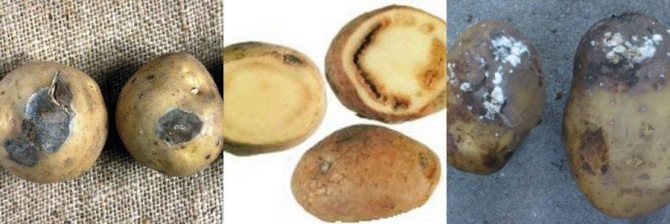

Figure 5. The main diseases during storage (from left to right): late blight, darkening of the pulp, rot
Also, damaged or diseased vegetables can develop a secondary disease - internal rot.
An excess of nitrogen or a lack of potassium can cause the tuber flesh to darken, but this is not considered a disease. In addition, low or high temperatures, or hot and dry weather during the growing season can cause darkening. Examples of diseases are shown in Figure 5.
Balcony storage
Some of the best equipment for storing tubers on the balcony are wooden boxes. They are not expensive, you can make your own hands, wood has low thermal conductivity. The question arises, how does this storage method differ from the storage method in the cellar? The main difference is in the design of the boxes themselves, the boxes on the balcony must be put together so that there are no gaps and gaps between the slats. Also, for insulation (if the balcony is not insulated and does not have glass), you can use foam or even an old unnecessary blanket. You can also use a straw layer to protect it from moisture.
The advantages of this method
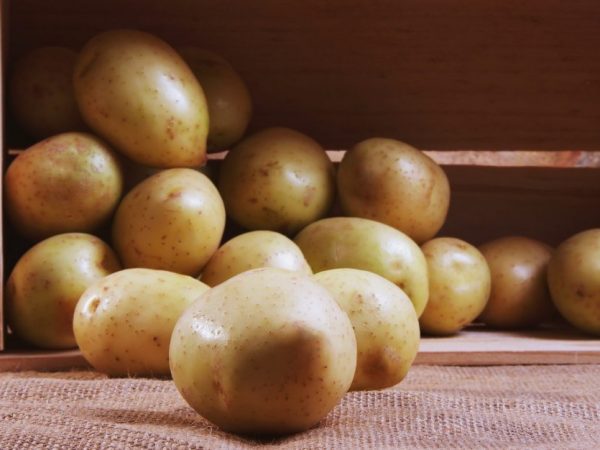

Potatoes can be stored until mid-spring
- Regardless of the season, a constant temperature is maintained, which is optimal for the preservation of vegetable fruits.
- Easy to control and maintain humidity.
- With this method, tubers with a high probability can lie not only all winter, but also most of spring.
Negative sides of storing tubers on the balcony
- Night frosts can reach -30 degrees, in which case the fruits may freeze and begin to rot. If the temperature, on the contrary, is too warm, the taste of the tubers will be lost.
- In the absence of ventilation, there is a high probability that decay processes may begin in the fruits.
For the best preservation of the fruits on the balcony, you should prevent direct sunlight from reaching the vegetables. Many gardeners give many tips for increasing the shelf life of fruits on the balcony. Experienced gardeners are advised to add wormwood or elderberry brooms, onion peels to boxes with tubers, brooms, add ash, chalk or put mint leaves in boxes. If you apply some tricks, then the favorable keeping period of the fruits on the balcony will last until spring.
How to increase the shelf life?
Observing a number of rules, you can extend the shelf life of tubers:
- transfer the layers of potatoes with dry plants (fern, wormwood) or pine / spruce branches;
- add fresh mint to the container, it will inhibit germination;
- to reduce the risk of rotting, you can sprinkle the tubers with grated garlic, 100 g per 100 kg of potatoes.
Container
Cardboard boxes, wooden boxes, plastic containers with ventilation holes, nets, burlap can be used.
Temperature
The optimum temperature range is from +3 to +5 ° С. If the temperature is higher than the indicated one, the potatoes will lie no longer than 3 months, and will quickly begin to germinate. Due to low temperatures, root crops become sweet in taste, rotting from the inside.
Humidity
The fungus occurs with high humidity. If the humidity is below normal, then the tubers change their structure, become flabby. The optimal level is 80%.
Lighting
With prolonged natural or artificial lighting, potatoes begin to produce solanine; eating it is fraught with severe poisoning.
The poison is deposited in the peel and gives it a greenish color.It is strictly forbidden to eat such a product.
Possible mistakes
During storage, the following mistakes are often made:
- not all varieties tolerate storage equally: preference should be given to mid-ripening or late-ripening varieties;
- sorting cannot be neglected: if you store tubers of different quality together without sorting out, you can lose the entire crop;
- do not store the root vegetable together with other vegetables, the exception is beets, as they draw out excess moisture.
Cold storage
A person is used to storing all products in the refrigerator or in freezers, what could be better, because it is so convenient and familiar.
Positive sides
- Stably, in manual mode, you can maintain temperature and humidity.
- No additional equipment or disinfection required.
- Due to natural processes, potatoes that are stored for a long time in the refrigerator acquire a sweetish taste. This is because the starch starts to turn into sugar.
Cons of storing potatoes in the refrigerator
- It will be possible to save only a very small amount, since the volume of the refrigerator is very limited.
- There is also no consensus on what exactly to store potatoes in, in a plastic bag or in mesh bags. Many people store tubers in paper bags, but all of these types of packaging come with additional costs.
- In the refrigerator, it is permissible to store fruits for no more than 10-12 days.
Storage in the apartment
This method is one of the most unreliable. But despite their unreliability, most gardeners store potatoes in their apartment. An apartment is not suitable for storage because it is a constantly high temperature for the harvest, equal to almost tropical conditions. Therefore, the maximum time that a vegetable can lie in such conditions is 14 days, and then the crop will begin to rot and dry out, after which it will become unsuitable for cooking.
Varieties that lead in terms of shelf life
How long the fruits can retain their appearance and useful qualities depends on the variety of tubers. Of course, leaving tubers for the whole winter is recommended only for medium and late varieties.
- Asterix
- Volat
- Bernadette
- Dolphin
- Zdabytak
No matter how long the keeping quality of the fruit is, this fact does not guarantee that the tubers will lie at least until mid - end of April. In addition to the good keeping quality of the variety, it is necessary to provide the fruits with proper conditions and, if possible, place the entire crop not in one place, but in different ones. You can do this: leave one part of the crop in the cellar, and the other part on the balcony. In this case, the likelihood of preserving the crop in winter will be much higher.
Which varieties are best stored?
The keeping quality of the crop depends on many factors, most often the soil and climatic conditions and the microclimate on the site during the period of growing the vegetable.
Did you know? The potato became the prototype of the toy, popular at the end of the 40s of the XX century, called Mr. Potato Head - potato tuber with eyes, hands, hat, boots and other accessories.
The main condition for long-term storage of tubers is a dense and complete peel, which is a protective barrier for the pulp from damage by fungi and bacteria. In addition, moisture-loving varieties are not able to be stored for a long time. Due to the abundant accumulation of water, the pulp becomes watery, which over time starts the process of its decay.
The varieties that are more resistant to diseases and pests are distinguished by better keeping quality, therefore, if the variety is not resistant to them, both individual tubers and the entire crop will die over time within a couple of months after harvest.
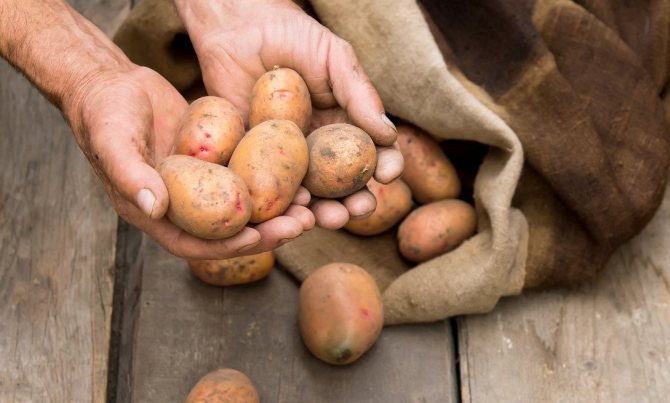

Late potatoes with a long growing season, which are naturally resistant to weather conditions and biotic factors, are better stored.
Among them, the following varieties are considered popular and in demand among gardeners:
- Picasso;
- Zhuravinka;
- Asterix;
- Blue;
- Lorkh;
- Atlant;
- Vesnyanka.

